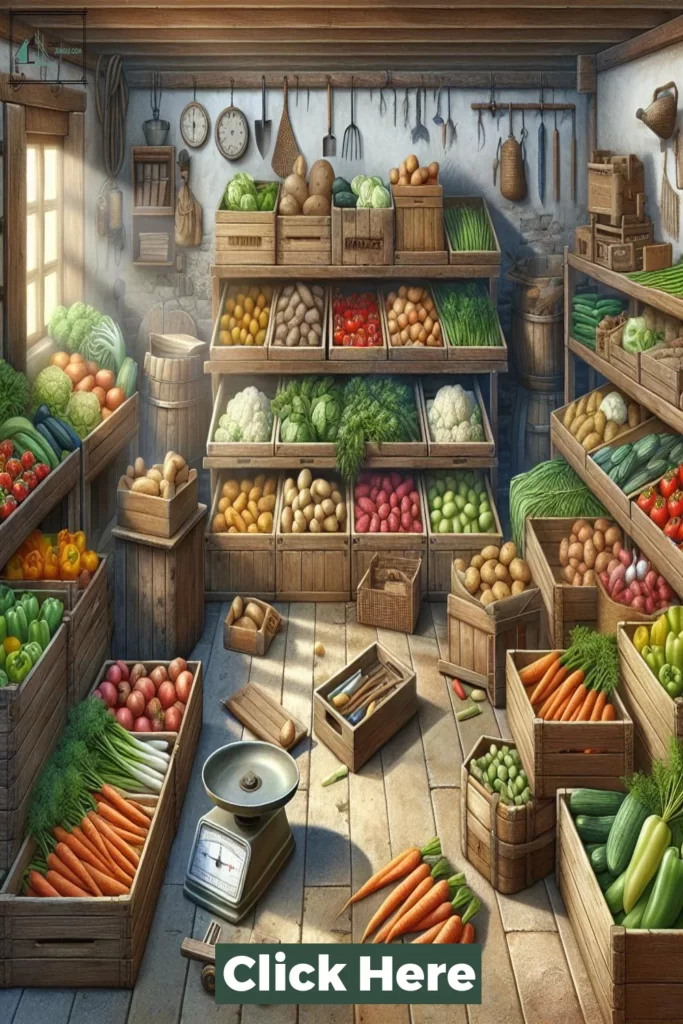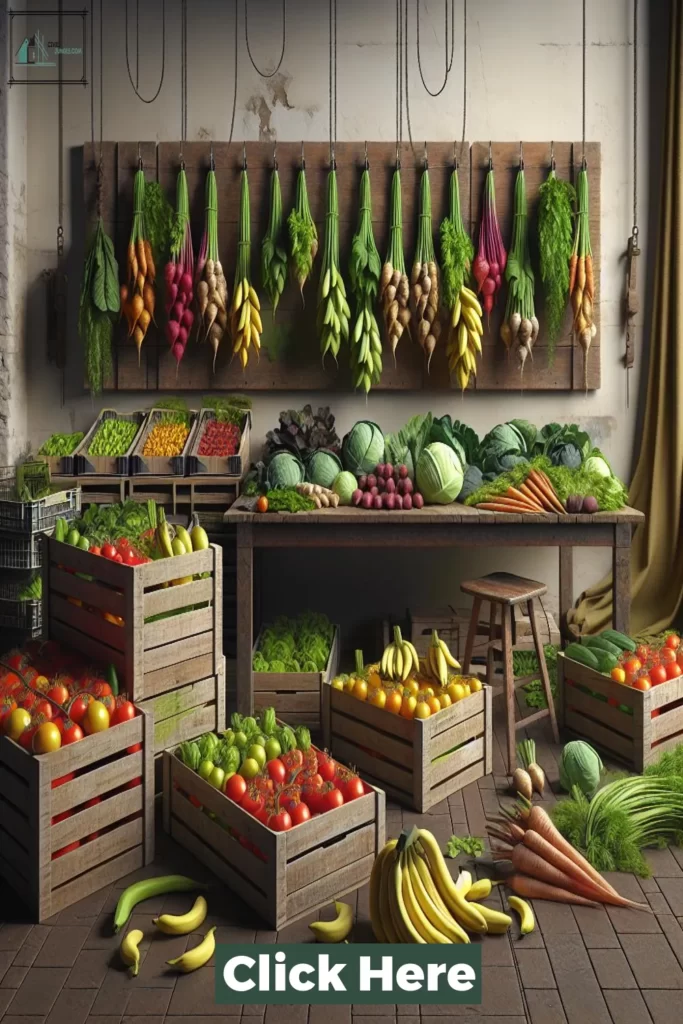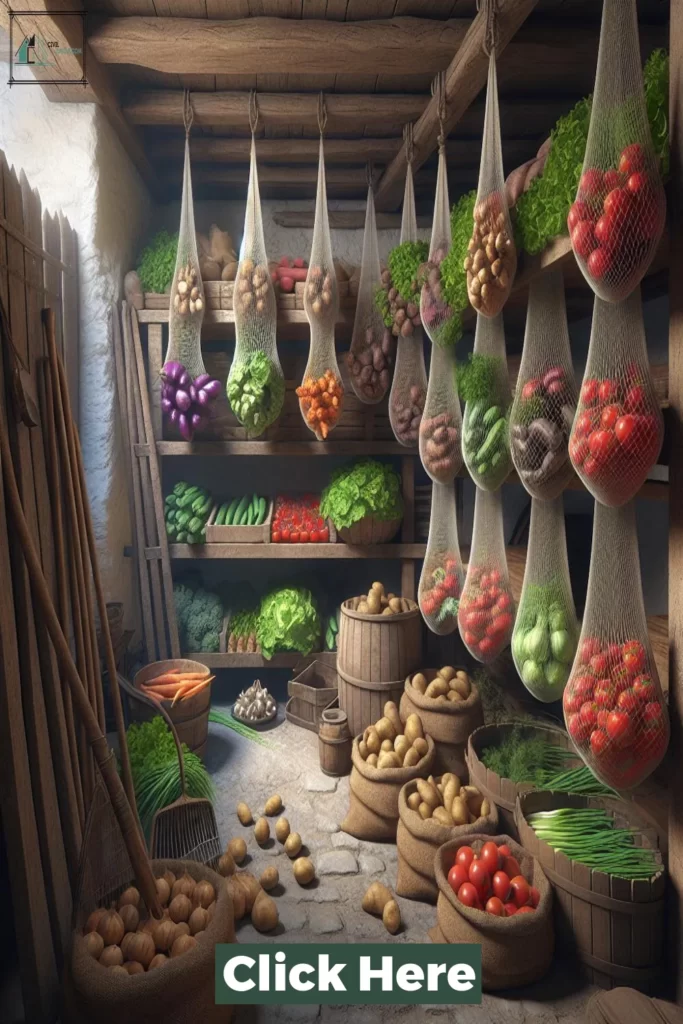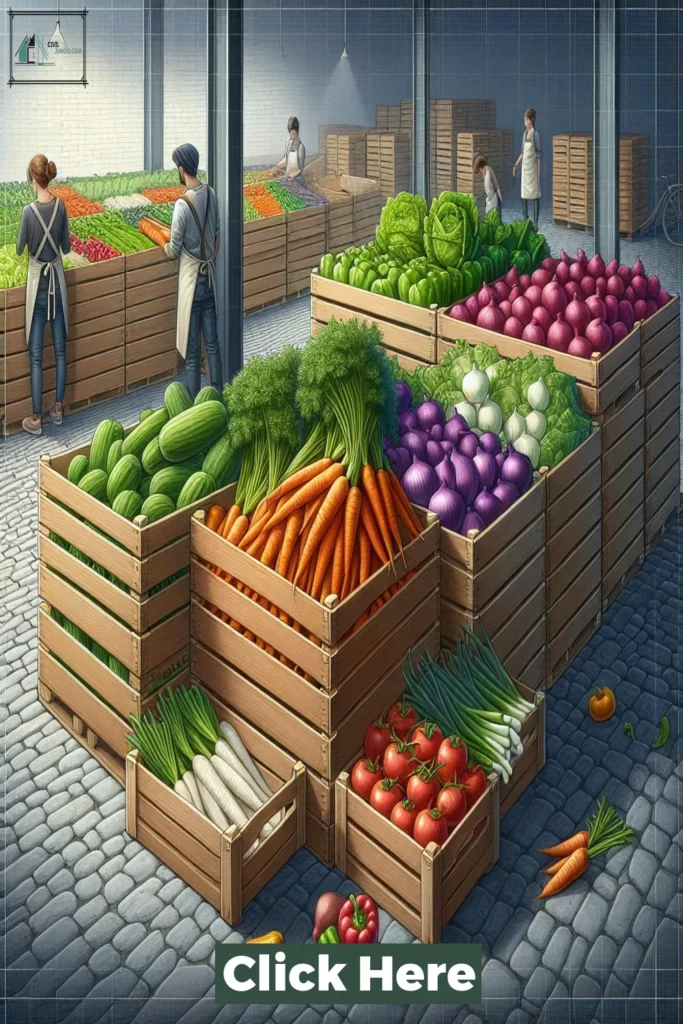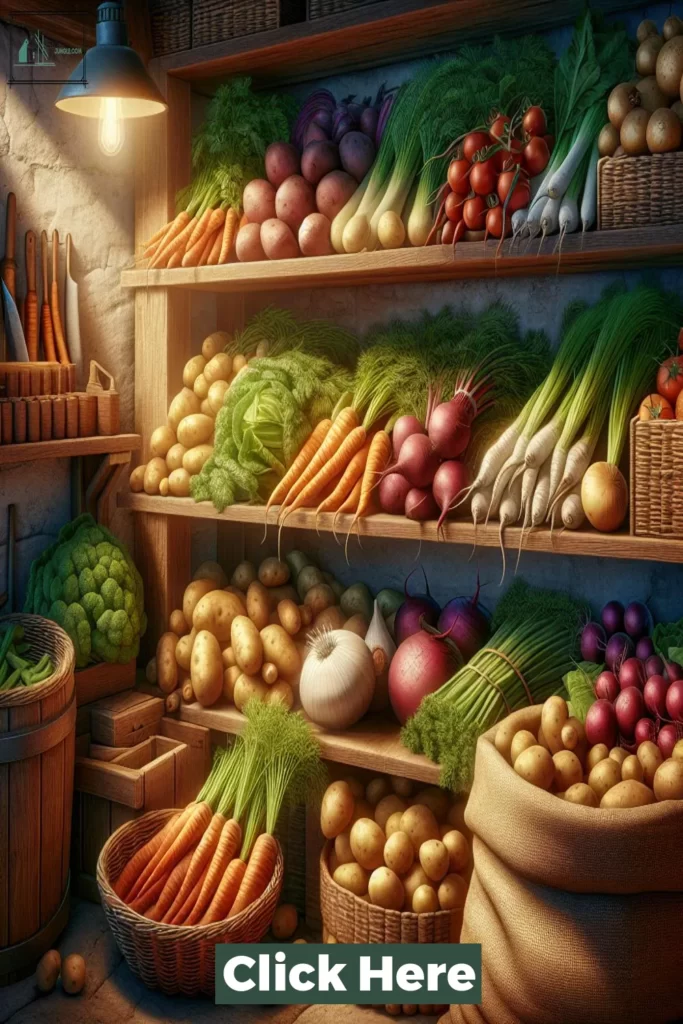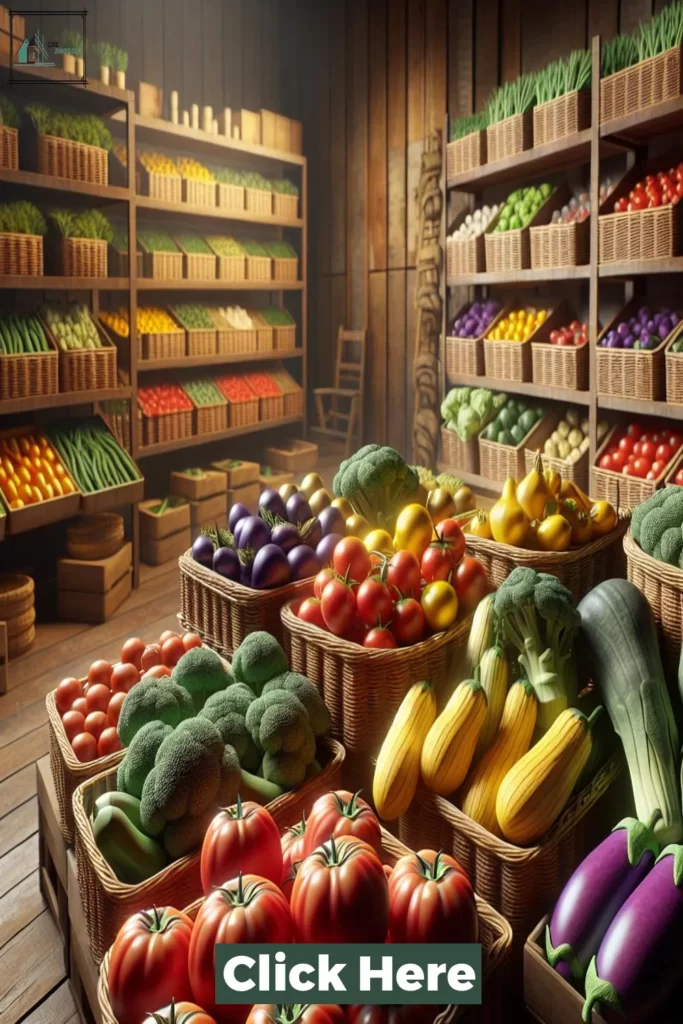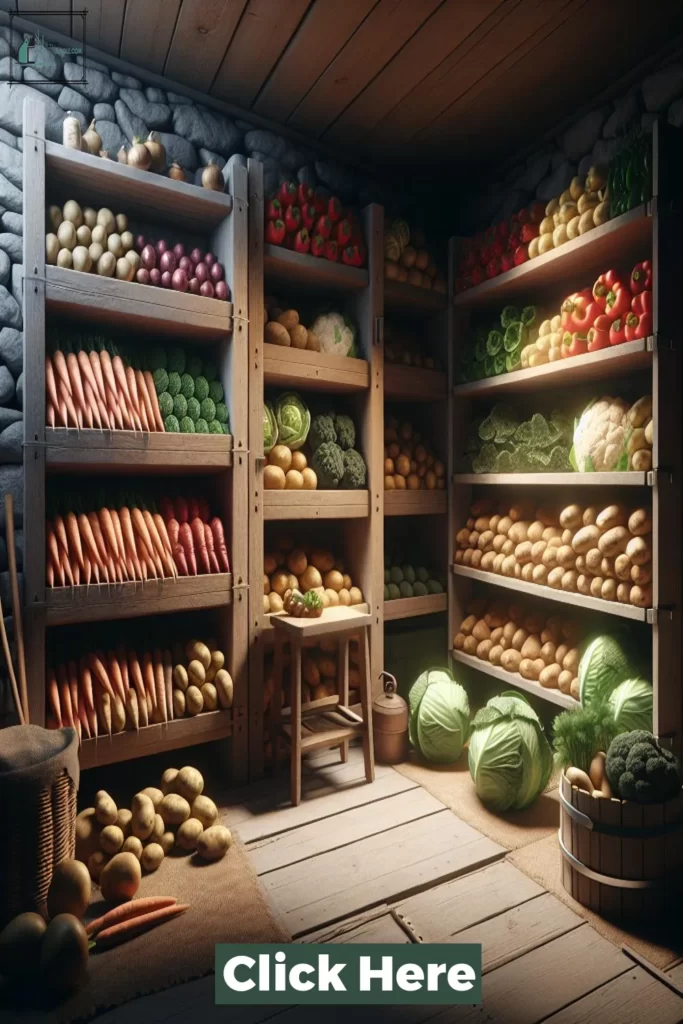Vegetables are an essential part of a healthy diet, and storing them properly is crucial to maintaining their freshness and nutritional value.
However, with limited counter and fridge space, finding optimal storage solutions for a variety of vegetables can be challenging.
That’s why we have researched and compiled the best 30 vegetable storage ideas to help you keep your produce fresh and organized.
From DIY hacks to innovative storage solutions, these ideas are sure to make storing vegetables a breeze.
So, whether you are a seasoned home cook or a beginner, read on to discover the best ways to store your vegetables and elevate your kitchen organization game.
Vegetable Storage
Important Point
Also, Read: Best 32 Modern Kitchen Island Ideas
Also, Read: Best 28 Narrow Kitchen Ideas
Also, Read: Best 32 New Kitchen Design Ideas
Also, Read: Best 32 Two Tone Kitchen Cabinets Ideas
Vegetable storage is a crucial aspect of food preservation, particularly in the agriculture industry.
It involves the temporary or permanent storage of vegetables in controlled environments to extend their shelf life and maintain quality.
Proper vegetable storage methods not only prevent spoilage and food waste but also ensure a steady supply of fresh produce for consumers.
The storage needs of different vegetables vary depending on their type, size, and sensitivity to external conditions.
Some vegetables, such as root crops like potatoes and carrots, can be stored for several months, while leafy greens need to be consumed within a few days.
The storage conditions for each vegetable must be carefully regulated to maximize its lifespan and maintain its nutritive value.
One of the most crucial factors for vegetable storage is temperature control. Most vegetables require cool temperatures, ranging from 0°C to 10°C, to slow the ripening process and prevent premature spoilage.
For long-term storage, some vegetables may require lower temperatures close to freezing.
The storage facility must have temperature control equipment such as refrigerators or cold rooms to maintain the desired temperature.
Humidity is another critical factor in vegetable storage. Certain vegetables, such as lettuce and cucumbers, need high humidity levels to maintain their crispiness and prevent wilting.
Low humidity levels can cause dehydration and shriveling, while excessive humidity can cause rotting. A humidifier or evaporative cooling system can help regulate the humidity levels in the storage facility.
Light exposure is also a concern in vegetable storage. Exposure to sunlight can cause some vegetables to turn green or lose their color due to the presence of chlorophyll.
Some vegetables also produce ethylene gas, a natural ripening agent that can cause overripening and spoilage when in contact with other produce.
It is therefore essential to store different types of vegetables separately to prevent ethylene build-up.
Proper packaging is vital in vegetable storage as well. Packaging materials such as cardboard or plastic boxes, breathable bags, or mesh cloth bags can help protect vegetables from damage and prevent the spread of diseases.
The packaging material must be able to allow for air circulation to prevent the build-up of moisture and ethylene gas.
In addition to controlling the storage environment, regular maintenance and monitoring are crucial for vegetable storage facilities.
The storage facility must be kept clean and free of pests and contaminants. Regular temperature and humidity checks must be conducted, and any issues must be addressed promptly to prevent spoilage.
Proper rotation and inventory management are also essential to ensure that older produce is used first.
Conclusion
Overall, incorporating these 30 best vegetable storage ideas into your daily routine can greatly improve the organization and freshness of your produce.
From simple solutions like using a paper towel to absorb moisture to more creative solutions like using a ladder as a vertical garden, there are endless ways to store and preserve your vegetables.
By implementing these ideas, not only will you save time and money, but you will also reduce food waste and promote a healthier lifestyle.
Remember to prioritize proper storage techniques to maximize the lifespan of your vegetables and enjoy them at their peak of freshness.
So whether you have a small kitchen or a large garden, there is something for everyone on this list of best vegetable storage ideas.
Like this post? Share it with your friends!
Suggested Read –










